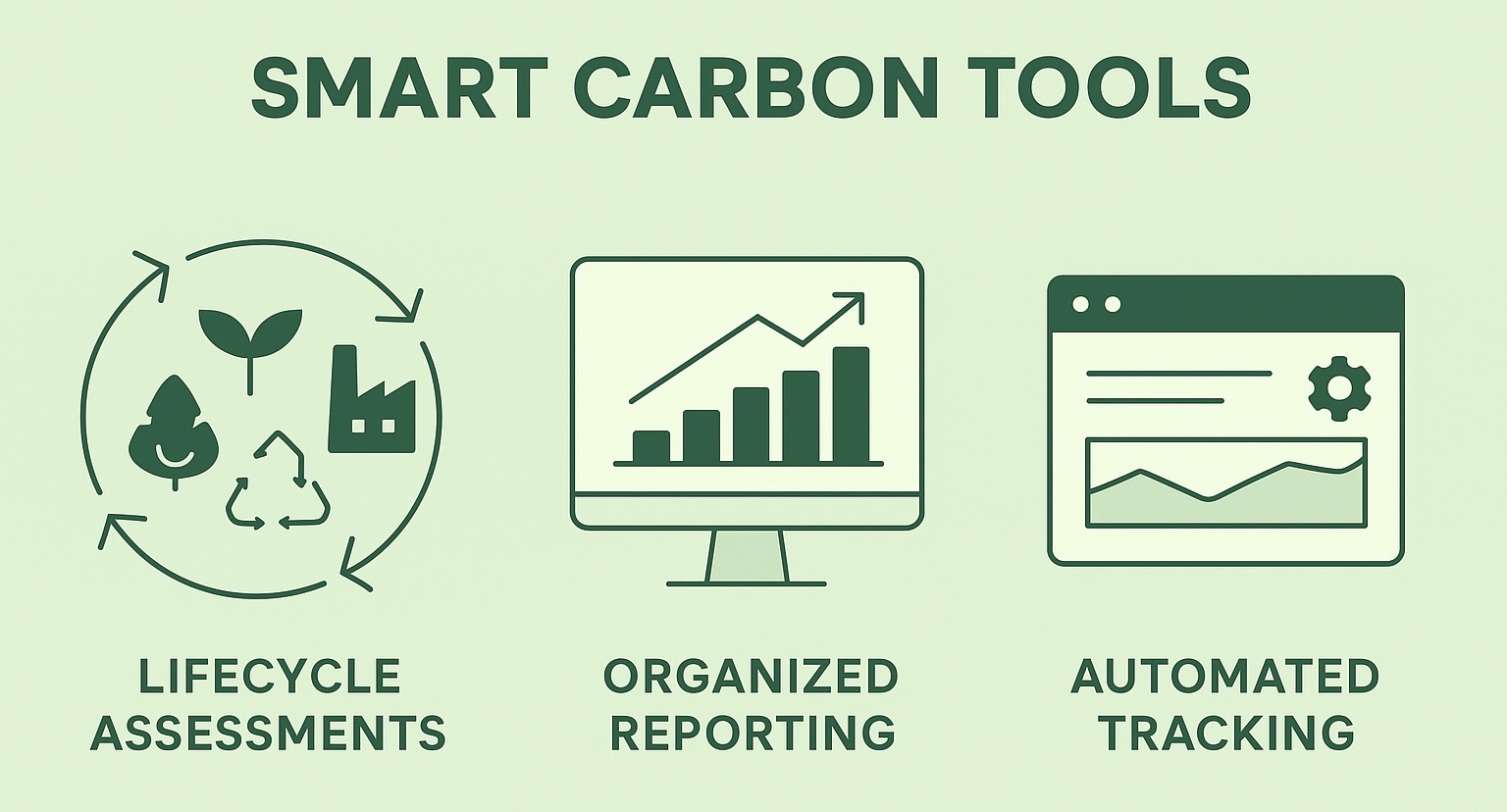
In a world where carbon disclosure and sustainability reporting are no longer optional, many businesses still rely on scattered spreadsheets and outdated processes. This often leads to confusion, misreporting, and missed climate goals. Whether it's for carbon footprint assessments, ESG disclosures, or supply chain compliance, companies need smarter tools to manage growing data demands. Fortunately, with the rise of intelligent carbon platforms, businesses now have a clearer, more efficient path forward.
Carbon Data Is Often Disorganized
Carbon footprint reporting requires collecting data from multiple sources—energy bills, transport logs, supplier disclosures, and more. Many firms manage this manually, using different templates or formats across teams. The result? Inconsistent numbers, calculation errors, and no clear picture of where emissions actually come from. This "data chaos" can make even well-meaning climate efforts fall short. Worse, without automation and centralized logic, it's difficult to ensure that all data complies with internationally recognized methodologies like the GHG Protocol, PAS 2050, or ISO 14067.
The Shift: Automation Built for Enterprises
Rather than relying on spreadsheets and manual uploads, our digital platforms now offer a unified, enterprise-grade system for managing carbon data. For example, our systems can connect directly with internal data sources—like energy meters, factory systems, and logistics platforms—to automatically track and process emissions across Scope 1, 2, and 3. With visual dashboards, customizable workflows, and smart warnings for abnormal trends, we help users ensure accuracy, monitor performance, and improve traceability across every emission source. Multi-site coverage, cross-department collaboration, and standardized calculations make it easier to meet evolving compliance expectations and internal sustainability targets—all in one integrated interface.
The Result: Better Reporting, Smarter Decisions
With clean, centralized data, companies can track progress, set realistic reduction targets, and meet stakeholder expectations. These tools not only help with compliance, they unlock insights for cost savings, greener operations, and competitive advantage. In today’s climate-conscious market, clarity isn’t just nice to have—it’s essential.